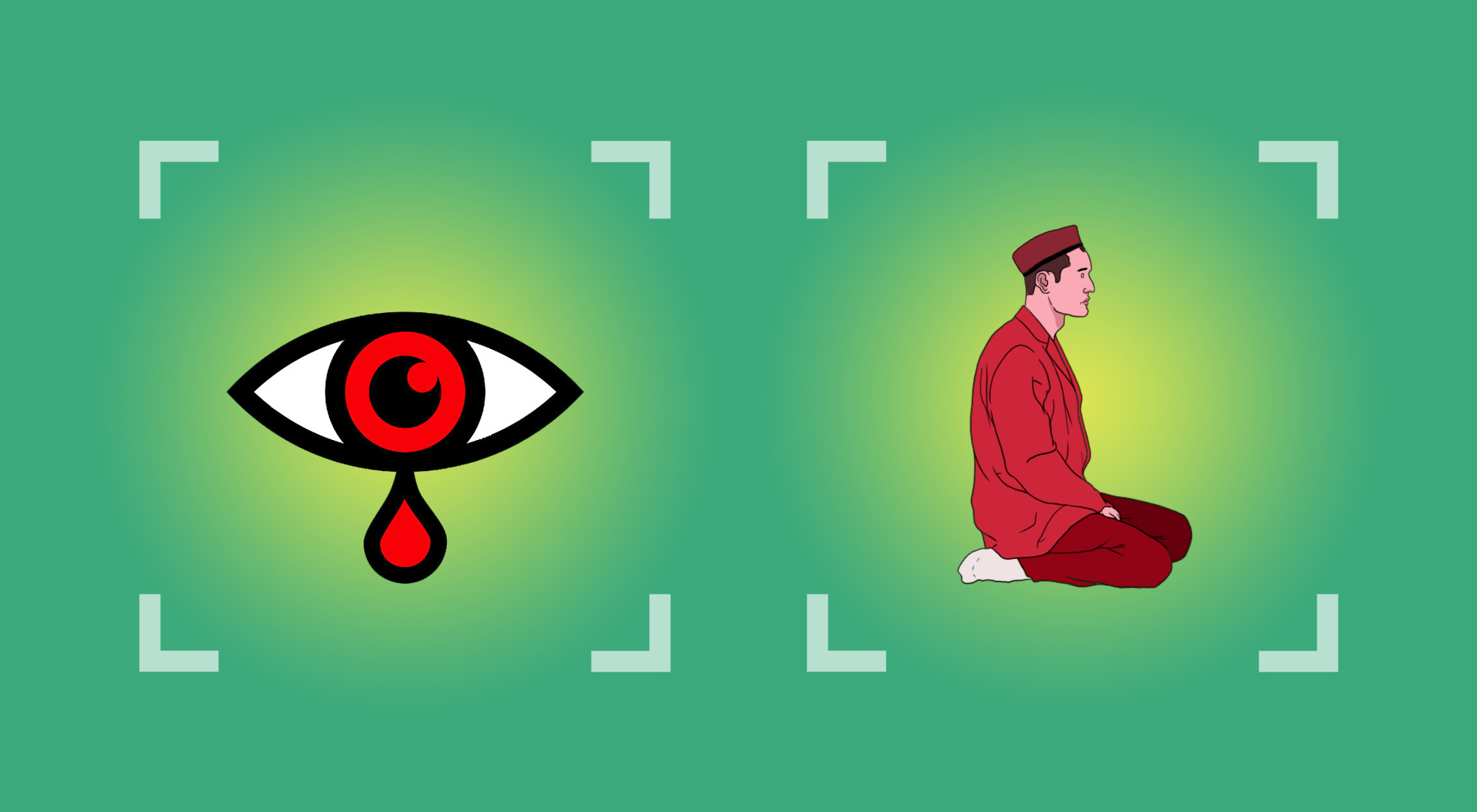What is happening in Xinjiang as 2021 draws to a close?
A Q&A with Darren Byler, author of a new book on China’s oppressive policies against Uyghurs and other Muslims in western China.

Darren Byler is an anthropologist and professor at Simon Fraser University who first visited Xinjiang in 2003. Traditional Uyghur cultural practices was his main area of interest back then, but he has since become a reluctant expert on China’s oppressive surveillance and internment policies that have transformed a region.
Byler writes a regular column for The China Project, and is the author of a new book that is perhaps the best short guide to the Xinjiang dystopia as it currently stands. In the Camps: China’s High-Tech Penal Colony is a highly readable series of personal stories and vignettes from real people that shows how the Chinese state is using technology and its vast powers to pursue a cruel and ruthless policy of social engineering.
I caught up with him recently for an update on the situation in Xinjiang.

What is the current situation with the Uyghurs, as far as we know?
In December 2019, the governor of the Uyghur Autonomous Region announced that all “trainees” had graduated. However, since that time we have seen the regional authorities continue to build new highly-securitized detention facilities even as they desecuritized and closed some of the “concentrated closed education and training centers.” In some cases, the same “centers” have become securitized factories, in others the names have simply been switched from “training centers” to “detention facilities” (看守所 kānshǒu suǒ) where elsewhere in China people are typically held prior to a formal trial.
So in general, what we are seeing is a shift from mass internment to coerced labor and mass imprisonment. According to available internal government data from locations across the region, in 2017 and 2018, between 10 to 20 percent of the adult Muslim population was detained. This means that between 900,000 and 1.5 million people served at least some time in the camps. Those who were deemed the least threatening and most compliant appear to have been assigned to factory work within Xinjiang — in Kashgar prefecture alone, over 100,000 people were transferred from camps to securitized factories in 2018.
At the same time, those who are deemed more serious risks have either been sentenced to prison terms or are still being held as they await trial. As I write in my book, according to the state prosecutor’s office for the region, 533,000 individuals have been formally prosecuted (not just detained in the camps) between 2017 and 2020 — this is a prosecution rate that is six times higher than the rest of the country. This rate is likely significantly higher if we look at proportions of the regional Muslim adult male populations. Through this process, many former detainees have become prisoners.
There are also Kazakhs and Hui, and presumably Muslims of other minority groups, that have also been swept up into the internment and cultural engineering project. Do you have an idea of how closely the treatment of other Muslim groups is following the government’s template for dealing with Uyghurs?
In Xinjiang, all Muslim minorities have been affected by the mass internment campaign. While Uyghurs have been the primary target, in locations in northern Xinjiang, where there are fewer Uyghurs and higher numbers of Kazakhs and Hui, significant numbers of these two groups have been detained. This has to do with the pressures placed on local authorities in these localities to find “terrorists and extremists” to detain, and with the extremely broad application of counter-terrorism laws that deem frequent mosque attendance and installing WhatsApp a terrorism or extremism crime.
Outside of the region, other minorities who are viewed as difficult to assimilate — such as Mongols and Tibetans — have also been affected by policy shifts that promote a “Chinese ethnic identity” (中华民族 zhōnghuá mínzú) and deemphasize ethnic autonomy in education, publishing, religious practice, and economic development.
In the capital of Ningxia Hui Autonomous Region there is some evidence that state authorities are building an Integrated Joint Operations Platform that has mass surveillance capacities that may be similar to systems in Xinjiang. Outside of Xinjiang, minority policy has not extended, it appears, to a shift toward global assessment of these minority populations and mass internment. Uyghurs, and other Muslims in Xinjiang, are uniquely the target of the so-called People’s War on Terror.
What are the best sources of reliable information about Xinjiang now? For the average interested layperson, but also for the specialist?
For the most up-to-date data and reporting on mass internment and imprisonment in the region, the Xinjiang Victims Database is the place I would send experts and people who are interested in reviewing the current state of evidence. The researchers involved in the project are working systematically through internal police documents obtained by The Intercept and other researchers. They have documented 25,000 individual cases and provide a series of analytic tools that draw from the data associated with these cases. The researchers involved in this project have years of experience and are independently funded.
The Xinjiang Documentation Project that I’m affiliated with at Simon Fraser University and University of British Columbia presents key Chinese state documents, critical scholarship, a glossary of key terms, and timelines that can be used by researchers and educators. The site
is funded by the Social Sciences and Humanities Research Council of Canada and draws on research from graduate students and faculty from China and across North America. For the most up-to-date reports on coerced labor, the Sheffield Hallam University Helena Kennedy Centre for International Justice is the most authoritative.
The reporters Megha Rajagopalan, Dake Kang, and Josh Chin have been involved in ground-breaking reports since mass internment began in 2017. All three of them are continuing to work on this — Dake is one of a handful of reporters who has been in the region over the past few months. I recommend their work as some of the most nuanced and current.
Is the Chinese government responding at all to pressure from the outside world on this issue?
My sense is that much of the change we have seen in Xinjiang since 2020 has been in response to international pressure and economic sanctions. While this pressure has not resulted in the release of detainees and a dramatic reversal of state policies, my sense is that it has resulted in the state largely abandoning the internment camp system, and new detentions have largely stopped. Instead, there has a been a shift to more formal mass incarceration and coercive labor. Perhaps this is what state authorities planned all along, but my feeling is they have acted more quickly and reactively than they may have initially intended.
It appears as though much of the focus of state policy in the region is now quite fixated on controlling the narrative around mass internment and extralegal processes. The way global brands have relocated their supply chains in order to avoid coercively assigned labor in Xinjiang has produced the greatest economic cost so far. The reputational costs of the mass internment system will likely be felt for many years to come.
Darren Byler’s book, In the Camps: China’s High-Tech Penal Colony, is available now.






